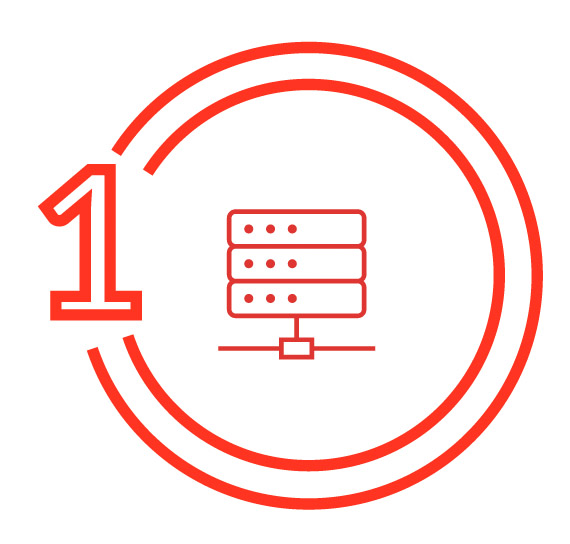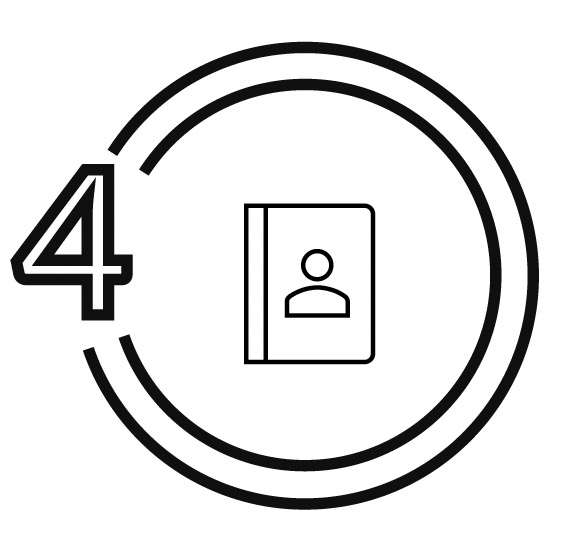Cookie Deprecation gets Delayed…Again
POV by Mike Morris, VP, Paid Search & Edwin Aragon, Director, PPC
Google has once again pushed the goal post for when it plans to sunset 3rd party Cookies. The following chronicles the changes Google has announced over the last three years. You can explore and read more detail on the timeline by clicking the boxes.
2020
2021
2022
2024 - JAN
2024 - APRIL
"We recognize that there are ongoing challenges related to reconciling divergent feedback from the industry, regulators and developers, and will continue to engage closely with the entire ecosystem…"
– Google, April 23, 2024
LOOKING FORWARD
Preparing for Cookie Deprecation
There’s still time to prepare for the inevitable changes. Marketers can implement new tracking strategies by shifting focus in some key areas. Let’s explore more about how best to prepare for the end of cookies:

1st Party
Utilize first-party data and consent management platforms to collect and store user information in a compliant, transparent manner.

Contextual
Contextual advertising leverages context clues from web content to deliver targeted ads, enhancing engagement.

Cohorts
The third-party cookie ban will limit your ability to target specific audience members. However, you can use first-party data and other digital insights to target entire audience segments.

Customer-Centric
Embrace a customer-centric and value-driven approach to marketing that focuses on building trust and loyalty with users, rather than relying on intrusive and irrelevant ads.
LOOKING FORWARD
1st Party Data
Shifting toward a thorough first-party data strategy is integral to preparing for the deprecation of third-party cookies. Along with investing in a central customer data platform and prioritizing consent-based data collection, you should also consider using customer match lists and using first-party data for audience signaling within Google. Enhanced Conversions enables more accurate conversion tags to capture hashed customer data advertisers collect on their conversion page (e.g., email addresses) and then matches it against Google logged in data. Here’s how that process works:

Google signed-in user views your ad

The user converts on your website
The conversion tag captures a field you specify (eg. email address), hashes the data (unless already hashed) and securely sends it to Google

The conversion tag captures a field you specify (eg. email address), hashes the data (unless already hashed) and securely sends it to Google

We match this against Google’s hashed user data and a conversion is reported in your account.
LOOKING FORWARD
Contextual Advertising
APPLICATION
Contextual advertising involves placing ads on a webpage based on its content. For instance, contextual advertising is performed by segmenting and targeting ad space based on website topic, keyword, or similar parameters.
When you target context, you choose where to display your ads based on the consumer’s browsing environment. The topic and keyword targeting focuses on the webpage and its content, not the user’s browsing activity.
LIMITATIONS
The downside to contextual advertising is that it isn’t as precise as behavioral targeting. On the bright side, it also doesn’t require third-party cookies, which makes it a viable replacement in the cookieless future of digital marketing.

LOOKING FORWARD
Cohort Advertising
APPLICATION
The third-party cookie ban will limit your ability to target specific audience members. However, you can use first-party data and other digital insights to target entire audience segments. A cohort is a set of users who have been grouped together based on a shared attribute or identifier.
You can create cohorts based on virtually any criteria — including users’ geographic locations and when they last made a purchase.
Once you’ve divided users into cohorts, you can target them with marketing content and get a holistic view of which actions are yielding desirable results and which channels are delivering a strong return on investment.
LIMITATIONS
Since the cohort-based approach to user behavior tracking is less precise than third-party cookie methods, mastering this technique will require some trial and error. However, it can help fill the void in your analytics strategy and provide actionable insights about consumers.

Alternative Tracking Methods
In addition to first-party data, consider implementing alternative tracking methods to further obtain valuable insights. Explore more about each by clicking on the boxes:
IP Addresses
Mac Addresses
manufacturers, they’re permanent identifiers that are unique to each device
Advertising IDs
Device Fingerprints
ACRONYM POV
Key Take-Aways
IT’S NOT ALL GOOGLE’S FAULT
Though it’s normal to feel frustrated with Google constantly moving the goal posts, we must recognize that Google (and others) need to contend with constantly changing laws that dictate user privacy, and ensure its replacement for 3rd party cookies is in-line with these regulations.
BE PREPARED
We don’t want to sound like a broken record, however, as in the beginning of the cookieless-scare, Brands need to be prepared for the eventual demise of the 3rd party cookie. If anything, now you have more time to stock up on data that might not be available in the future.
1ST PARTY DATA IS KING
As always, investing in your own first-party data remains crucial to the long-term success of your brand, advertising, and targeting capabilities.

We Can Help
Although it is still unknown when exactly Google will roll out these changes, the end of cookies as we know them is inevitable. This means that planning ahead is critical, and here at Acronym, we have already begun consulting with our clients on what actions are needed for them to ensure minimal disruption. If you need assistance, please contact us today. We’re here to help.
Sources:
Victoria Stapleton. (2024, April 19): Adapting to a Cookie-Less Future: How Marketers Can Pivot and Prosper.
Ryan Joe. (2024, April 23): Google Delays Cookie Deprecation for the Third Time.
Catherine Perloff. (2024, January 30): Why Testing Google’s Cookie-Alternative Privacy Sandbox Is Still Minimal.
Adobe Experience Cloud Team. (2023, August 18): Get ready for the cookieless future and the end of third-party cookies.










